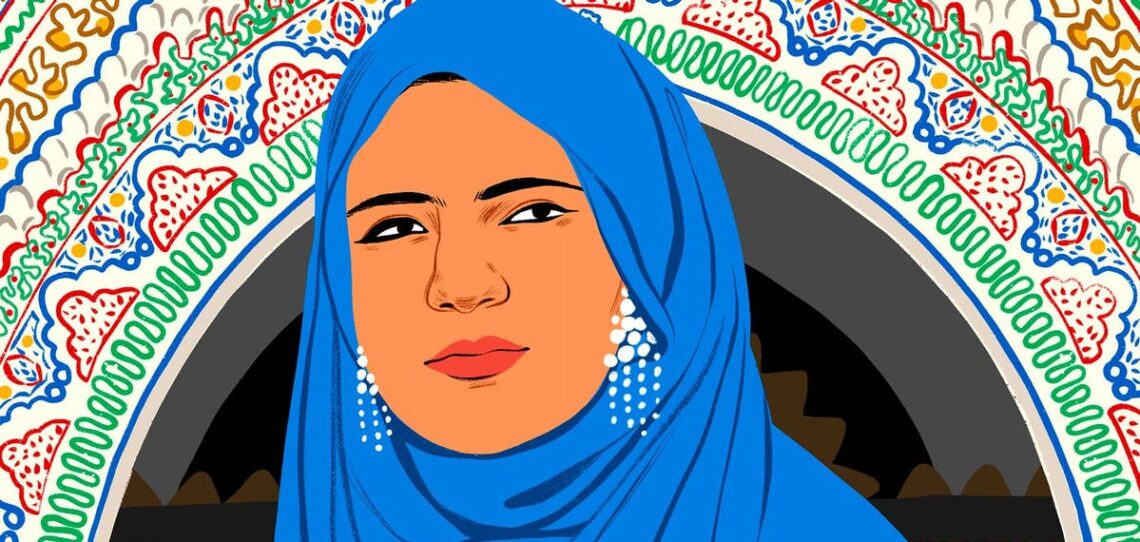
A History of Women in Education
Despite the dominance of the patriarchy, many prominent women have played major roles in defining education and influencing the academic world. Fatima al-Fihri, Elena Lucrezia Cornaro Piscopia, Sorjuana Ines De La Cruz, and Patsy Mink broke down barriers and became the firsts to accomplish significant breakthroughs for women within the educational system.

In 859, Fatima al-Fihri founded the first university, the University of Al Qarawiyyin, in Fez, Morocco. The university originated as an expansion to a mosque with the same name. It became well respected and a significant center for education. Al-Fihri also organized a library for the university, now considered one of the oldest in the world. With her visionary ideas, Al-Fihri helped build a place for women in academics.

In 1678, Elena Lucrezia Cornaro Piscopia became the first woman to get a university degree in the Western world. Piscopia’s degree was in philosophy from the University of Padua, located in Italy. As she continued her education, Piscopia was accepted by the Ricovrati Academy; this influenced other academies to accept women into their prestigious programs and allowed women to have access to the male-dominated academic world. After Piscopia’s graduation, the academy changed its regulations to prevent other women from receiving a doctorate, and no other woman received a doctorate in Italy until 1732. Piscopia was truly a trailblazer for women in academics.

Sor Juana Inés de la Cruz was the first published feminist writer from the Americas. During her lifetime, she was recognized as colonial Latin America’s greatest poet and became one of the most prominent foundations for Latin American literature. Inés de la Cruz was published throughout the Hispanic world and was recognized as a great poet, but this recognition led to misogynism being aimed at her. She became frustrated because as a woman she was prevented from studying at nearby universities in Mexico City. This experience led Inés de la Cruz to advocate for women to be educated and study in universities.

With a long list of accomplishments, Patsy Mink began her career in law after attending the University of Chicago, as the first Hawaiian-Nisei woman to graduate with a Juris Doctor degree. Despite her education, she faced discrimination from major law firms, dominated by white men. Starting her own private practice, Mink became the first Japanese-American woman to practice law in Hawaii. She progressed to become the first woman of color elected to the U.S. House of Representatives and the first Asian-American woman elected to Congress. In addition, Mink was the first East Asian-American woman to run for president in 1972. Mink’s background in law helped her pass the Women’s Educational Equity Act, providing money for schools to increase equality and more opportunities for women. As one of her more impactful accomplishments, Mink co-wrote and sponsored Title IX, a law still in existence that prevents discrimination based on gender in educational programs with federal funding. After Mink’s death in 2002, Title IX was named the Patsy T. Mink Equal Opportunity in Education Act in her honor.
From founding the first university to creating equality laws, women have played prominent, yet often overlooked, roles in education. These specific women paved the way for others to attend universities and to be equally educated. The lasting impact of the positive changes they spearheaded can still be seen in the academic world today.
Works Consulted:
Alexander, Kerri Lee. “Patsy Mink.” National Women’s History Museum, https://www.womenshistory.org/education-resources/biographies/patsy-mink.
Arenal, Electa, and Amanda Powell. “A Life Without and Within: Juana Ramírez / Sor Juana Inés de La Cruz (1648/51-1695).” Women’s Studies Quarterly, vol. 21, no. 1/2, The Feminist Press at the City University of New York, 1993, pp. 67–80, http://www.jstor.org/stable/40003874.
Bettella, Patrizia. “Women and the Academies in Seventeenth-Century Italy: Elena Lucrezia Cornaro Piscopia’s Role in Literary Academies.” Italian Culture, vol. 36, no. 2, 2018, pp.100-119, https://web.p.ebscohost.com/ehost/pdfviewer/pdfviewer?vid=1&sid=520d46ba-a57c-4bcd-aba7-87fdc15ec6bf%40redis.
“Elena Piscopia.” History of Scientific Women, https://scientificwomen.net/women/piscopia-elena-79.
“Meet Fatima Al-Fihri: The Founder of the World’s First Library.” Ventures Africa, SyndiGate Media Inc, 2017.
“Mink, Patsy Takemoto.” History, Art & Archives: United States House of Representatives, https://history.house.gov/People/detail/18329.
Shaheen, Kareem. “World’s Oldest Library Reopens in Fez: ‘You Can Hurt Us, but You Can’t Hurt the Books’.” The Guardian (London), Guardian News & Media Limited, 2016.
“Seminar on Feminism & Culture in Latin America.” Women, Culture, and Politics in Latin America. University of California Press, 1990. EBSCOhost, search.ebscohost.com/login.aspx?direct=true&AuthType=shib&db=e000xna&AN=42044&site=ehost-live&scope=site.
Thieling, Sarah. “Elena Lucrezia Cornaro Piscopia.” Biographies of Women Mathematicians, https://mathwomen.agnesscott.org/women/piscopia.htm.




